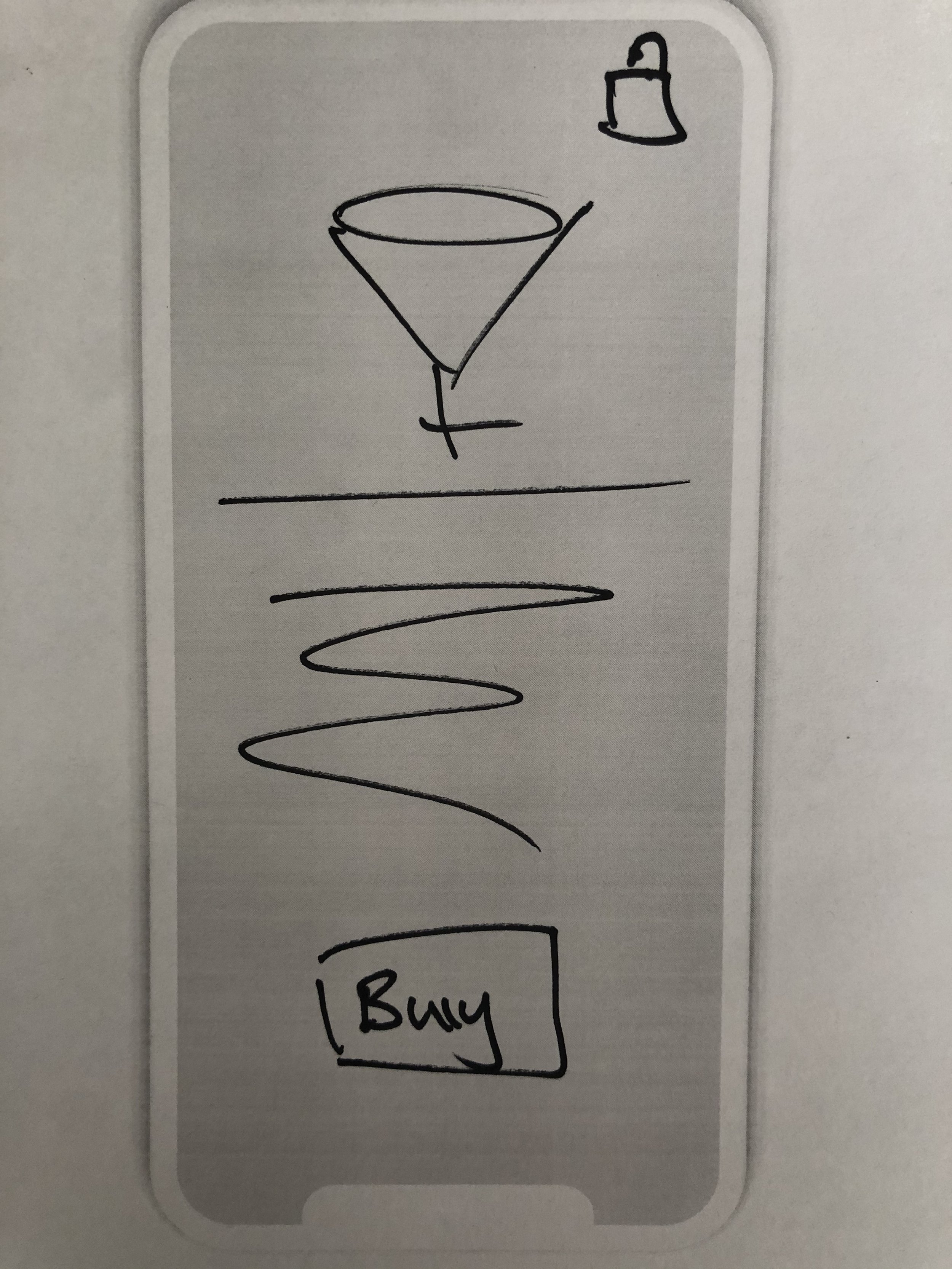Mobile Ordering Solution: Enhancing the Arbory Afloat Experience
THE PROBLEM
As a student at IDEO in 2020, I completed a service design challenge at Arbory Afloat. Arbory Afloat is a restaurant and bar for more than 400 people serving fun food and cocktails from a pontoon floating on the Yarra River in Melbourne.
Unfortunately the food and beverage service model and popularity of Arbory Afloat meant that queues at the bar were disorganised and lengthy and customer complained about slow service. The project aim was to improve the ordering wait times and experience that was good for customers, employees and the business.
PROJECT GOAL
‘How might we redesign the food and beverage service model so that patrons can spend more time socialising?’
THE TEAM
1 Service Designer
PROJECT APPROACH
The project approach was to conduct contextual research to uncover behavioural and attitudinal insights, as well as interview key Arbory Afloat employees to obtain an internal perspective.
Lastly, development of a future service delivery model would be presented via a service blueprint to improve the experience.
Contextual research and observations
I experienced the service ‘first hand’ and in addition to observing customers.
This experience allowed me to understand in detail all the aspects of the service and consider potential areas for improvement.
My primary observations around the ‘known pain points’ were:
Menus were only situated on the bar, causing delays in service because customers often hadn't decided what food to order before reaching the bar
Many drink orders were cocktails that took longer to make, causing longer waits
There appeared to be no systematic process for the order of customers being served. Some customers waited significantly longer than others
Customers often forgot to collect cutlery themselves
Payments were often delayed when employees needed to wait to use the point of sale system when their colleagues had it
Participant interviews
I interviewed three Arbory Afloat employees and six customers.
From speaking to customers, they verified many of my observations. Customers were disappointed with the slower service during peak periods (evenings, weekends, nice weather and holiday’s or tourist events). Arbory employees believed that the current standard service model where patrons order at the bar, take a number, collect their own cutlery and food is delivered to the table was the most efficient way to serve customers quickly. There was gap in expectation from what was desired to what was being delivered.
Synthesis and analysis
Lorem ipsum dolor sit amet, consectetur adipiscing elit, sed do eiusmod tempor incididunt.
Lorem ipsum dolor sit amet, consectetur adipiscing elit, sed do eiusmod tempor incididunt ut labore et dolore magna aliqua. Ut enim ad minim veniam, quis nostrud exercitation ullamco laboris nisi ut aliquip ex ea commodo consequat. Duis aute irure dolor in reprehenderit in voluptate velit esse cillum dolore eu fugiat nulla pariatur. Excepteur sint occaecat cupidatat non proident, sunt in culpa qui officia deserunt mollit anim id est laborum.
Ideation and prototyping
Starting with paper prototyping, then moving to InVision, I developed a prototype Arbory mobile app that allowed customers to view menu, place food and beverage orders from the comfort of their own seat.
Service blueprinting
I mapped the future state experience of the Arboary App.
Conclusion
What I learned
As my first design challenge, I was immediately excited about the methods and their ability to resolve problems that benefit both customers and business.
I also learned that I shouldn't be shy in pitching my ideas. I created this concept in 2019 before Covid-19, and QR food ordering was widespread. I missed a critical opportunity to turn this (good) idea into a business proposition because I didn’t have the confidence to back myself, ahhh!
SEE OTHER PROJECTS







